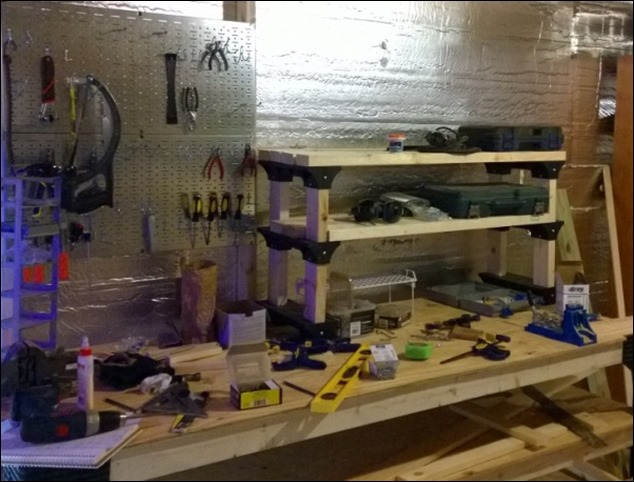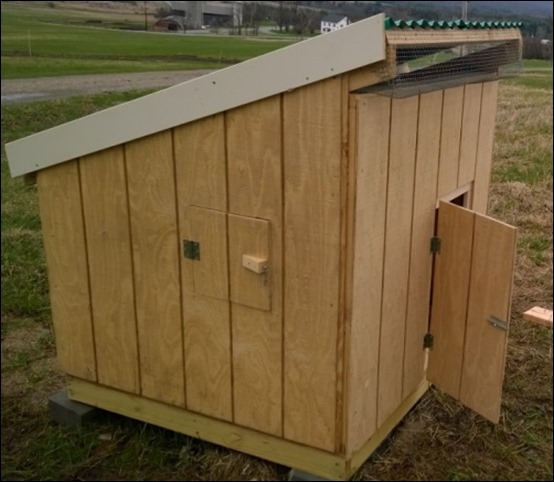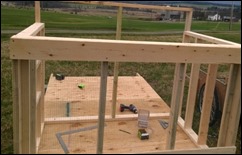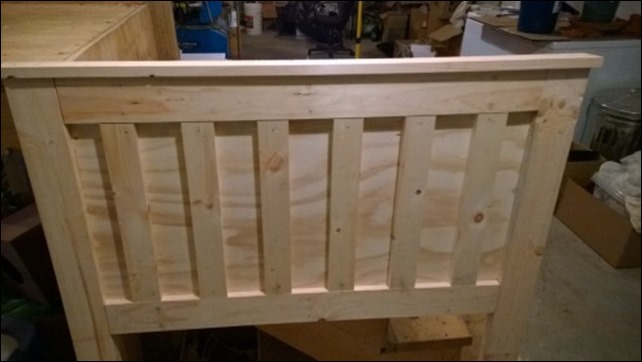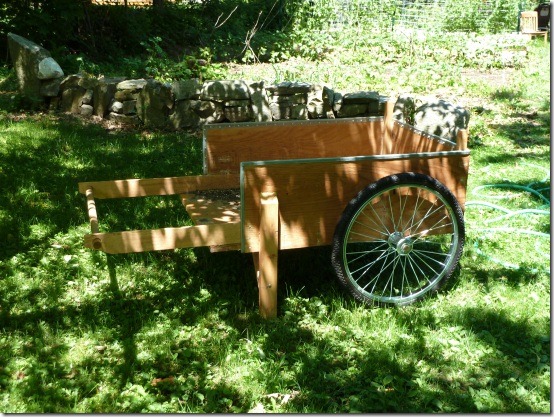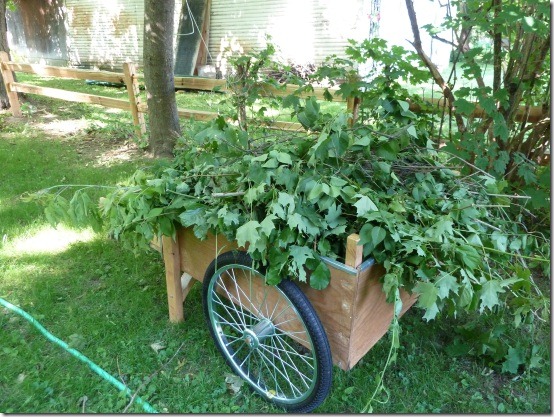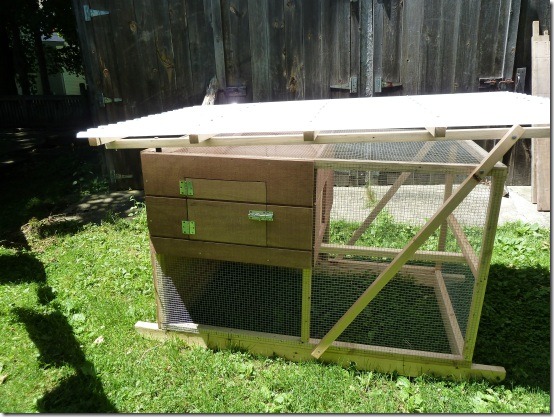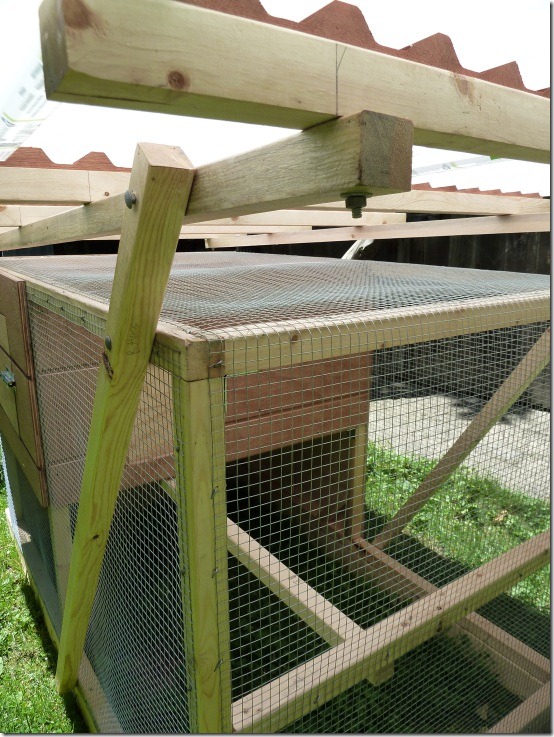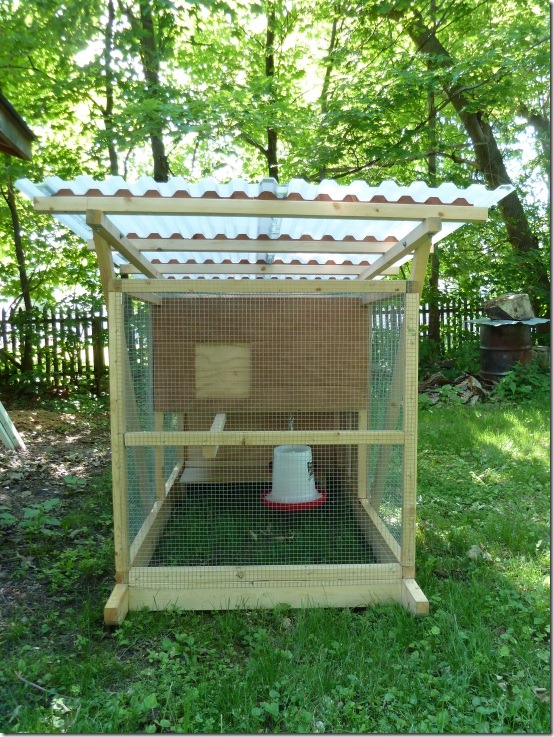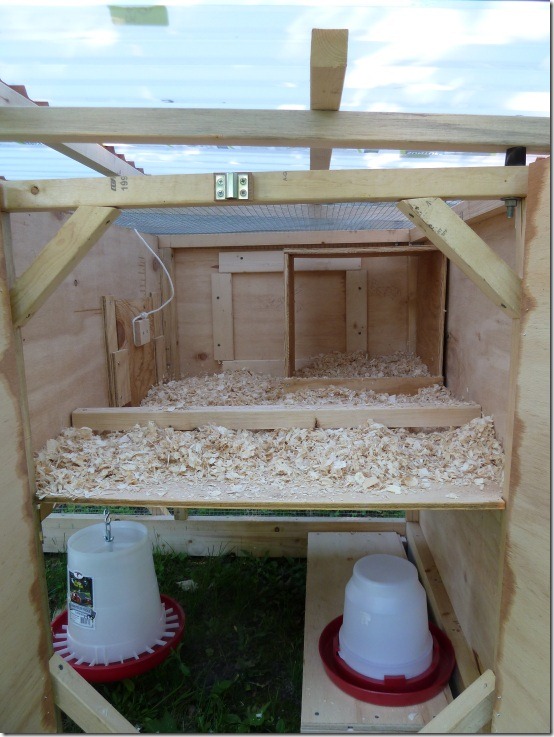After a long winter, it’s finally trying to become spring in Vermont. I ended the winter and started spring with a laundry list of projects, since this will be our first spring on the new property. Fortunately we have a rather large unfinished basement, so I was able to set up a workbench down there and have some room to put together some things.
We decided we want a few ducks and while some people have good luck just keeping chickens and ducks together, I would prefer not to do that. Ducks are a lot messier from a water perspective than chickens, so I decided to build a simple coop for ducks. We hope to get a few sometime this summer. It’s a pretty basic little shed-type structure.
It’s mostly there except I do want to paint it and still need to do some predator proofing.
We’ve had our 4 chickens for a couple of years now and have decided we need a few more to really keep us in eggs. The coop I built has worked well, but it is really maxed out at 4 hens. So I decided to build a small version of one of the open air concepts from Fresh-Air Poultry Houses: The Classic Guide to Open-Front Chicken Coops for Healthier Poultry. This coop should hold up to about 12-15 hens, although we’ll probably just move up to 8 or so initially. I’ve been building the stud walls in the basement and I’m starting to put it together outside now that the weather is getting nicer. Here’s where that is at right now. The design is interesting and will make more sense when you can see the whole picture.
Another smaller project is a simple bed for Ezra. He’s not quite ready for one yet, but it won’t be long. I decided to use these easy plans from Ana White, who has a lot of great DIY furniture ideas on her site. The finish is going to be this interesting idea I’ve seen a number of folks mention online, which involves using steel wool partially dissolved in vinegar. This basically reacts with the tannins in the wood, giving you kind of a distressed, old furniture look which gives 2×4 dimensional lumber more character than you would expect. I’ll finish it with tung oil mixed with citrus solvent, which is another cool more natural way to finish stuff. Interesting to see how it turns out. Here’s the headboard without the finish.
More pics of this stuff when they are finished.
In additional to these projects, we’re also trying to prep 2 fairly large plots, one for vegetable garden and one for more perennial-type items, such as strawberries, blueberries, asparagus and rhubarb. Our property is extremely wet, with a couple of fairly consistent flows of water running through several sections of the property. When we had our first big snow melt, it actually started washing out our lane and we had to get some emergency repairs done. So it’s been a bit frustrating waiting for things to dry up since I also need to put up a clothesline and would like to build Ezra a sandbox. And of course all the things we want to plant. Fortunately we do have 3 raised beds going now, so we can get some things planted and we’ll just have to get a late start on some things this year. There is only so much you can do the first year.

